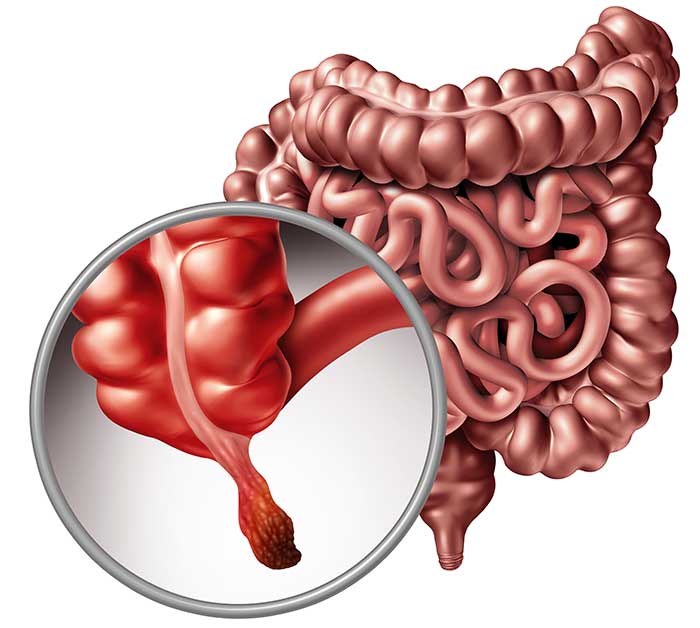Medication abortions, also known as medical abortions, provide individuals with a non-invasive and safe option for ending pregnancies in their early stages. However, recent legal and regulatory challenges have put these procedures under scrutiny in some regions. In this article, we will explore how medication abortions work, their safety, and the current challenges they face.
Understanding Medication Abortions
Medication abortions involve the use of prescription medications to terminate pregnancies. They are typically performed within the first ten weeks of gestation and consist of two primary medications:
1. Mifepristone: This medication is administered in a healthcare provider’s office or clinic. It works by blocking the hormone progesterone, which is necessary for maintaining the pregnancy.
2. Misoprostol: Taken at home 24 to 48 hours after mifepristone, misoprostol causes the uterus to contract, leading to the expulsion of the pregnancy.
Both are essential medications for safe and effective medication abortions. Online availability through telemedicine services has expanded access to these medications, particularly for those facing geographic or logistical barriers. However, it is crucial to prioritize safety, legality, and reputable sources when seeking mifepristone and misoprostol tablets online.
The Process
Here is a step-by-step overview of how medication abortions work:
1. Consultation with a Healthcare Provider:
-
Assessment: The process begins with a consultation with a healthcare provider. They will assess the pregnancy’s gestational age and the individual’s overall health to determine if medication abortion is a suitable option.
2. Mifepristone Administration:
-
Clinical Setting: Mifepristone is administered under the supervision of a healthcare provider in a clinical setting.
-
Blocking Progesterone: Mifepristone works by blocking the hormone progesterone, which is vital for sustaining the pregnancy.
3. Misoprostol Administration:
-
Self-Administration: Typically, 24 to 48 hours after taking mifepristone, the individual self-administers misoprostol at home. The provider provides clear instructions on how to take the medication.
-
Uterine Contractions: Misoprostol induces uterine contractions, leading to the expulsion of the pregnancy. This process results in bleeding and cramping, similar to a heavy menstrual period.
4. Follow-Up Visit:
-
Essential: A follow-up visit to the healthcare provider is crucial to ensure the medication abortion is complete. This visit typically occurs within one to two weeks after taking the medications.
-
Confirmation: During the follow-up visit, the provider will confirm that the pregnancy has ended successfully through clinical examination and sometimes ultrasound.
Safety and Effectiveness
Medication abortions are highly effective, with success rates of approximately 95% to 98% when used within the recommended gestational age. The process is most effective when administered early in pregnancy.
Safety is a key factor:
-
Common Side Effects: Common side effects include bleeding, cramping, nausea, vomiting, diarrhea, and fatigue. These side effects are typically temporary and resolve as the process concludes.
-
Rare Complications: While complications are rare, they can include incomplete abortion, excessive bleeding, or infection. Seeking prompt medical attention for severe or unusual symptoms is crucial.
Challenges and Legal Scrutiny
Despite their safety and effectiveness, medication abortions face legal and regulatory challenges in some regions:
1. Legal Restrictions: Some areas have imposed restrictions on medication abortion, limiting its availability and accessibility.
2. Telemedicine: Telemedicine consultations for medication abortions have been a lifeline for individuals in remote or underserved areas. However, legal challenges have arisen in some places, hindering telemedicine access.
3. Medication Abortion Bans: In certain jurisdictions, efforts to ban medication abortions entirely have been introduced, leading to legal battles and uncertainty.
Conclusion
Medication abortions provide individuals with a safe and non-invasive option for ending pregnancies in their early stages. They are highly effective and have a strong safety record. However, legal and regulatory challenges in some regions threaten access to this essential healthcare service. It is crucial to stay informed about the status of medication abortions in your area and to advocate for reproductive healthcare rights and access. Access to safe and legal abortion services is a fundamental aspect of healthcare and individual autonomy.


















